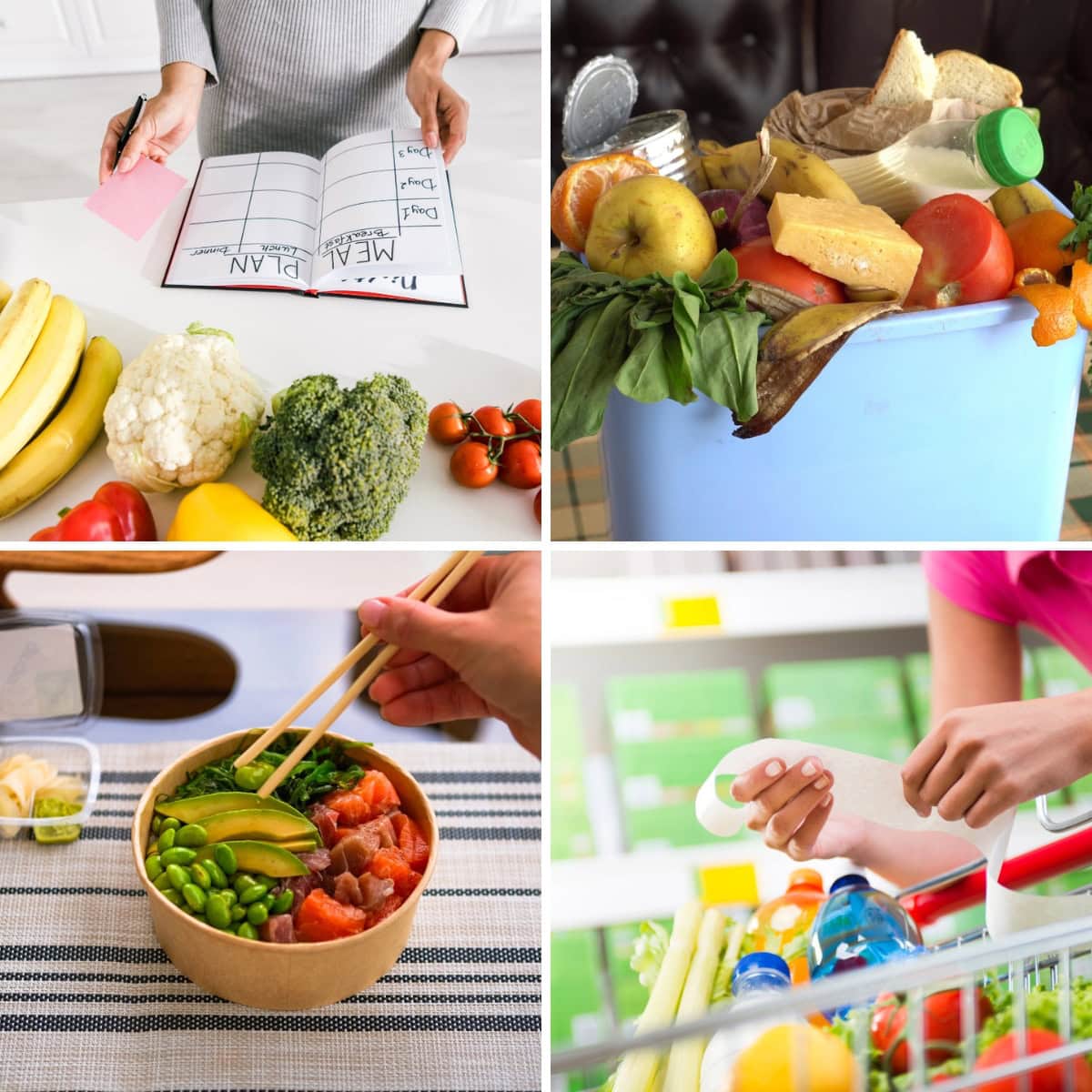9 Grocery Mistakes That Could Be Costing You $200 a Month
Groceries are one of the biggest expenses for most households, but it’s easy to overlook just how much you might be overspending. From impulse buys to wasted food, even one bad shopping habit can quietly cost you $20 to $100 every month.
When these mistakes start to stack up, they could easily drain $200 or more from your budget each month. The good news is that each of them has a quick and simple solution.
1. Shopping Without a Meal Plan
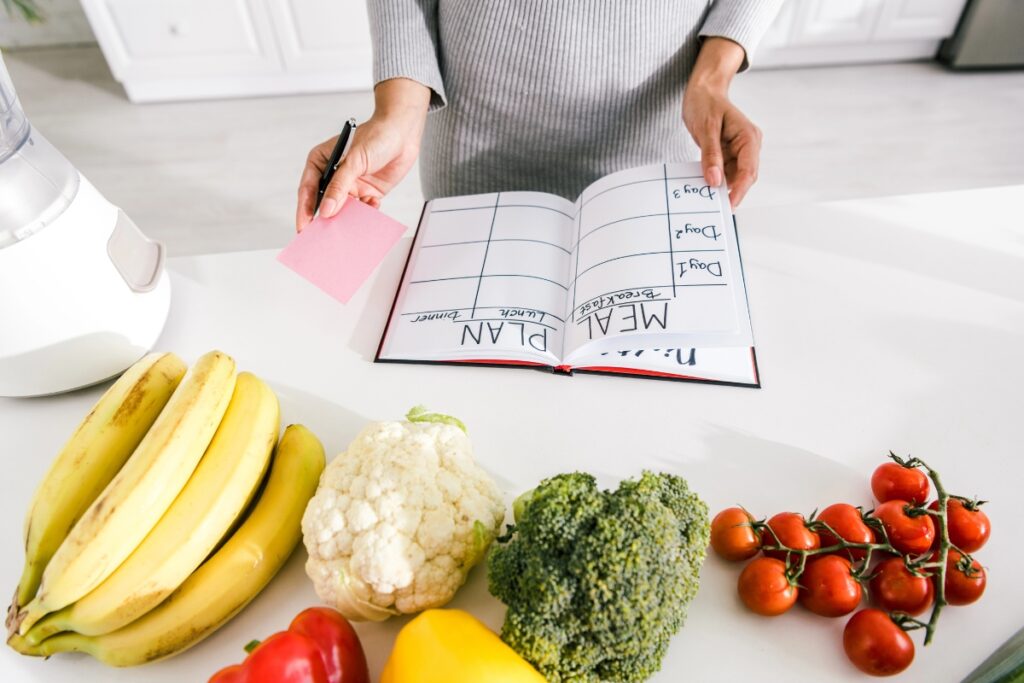
It’s easy to overspend at the grocery store when you don’t have a plan. Without a list or a clear idea of what you’re cooking for the week, it’s all too common to grab extra items you don’t need or forget the ones you do.
Quick fix: Spend 15 minutes each week planning five to seven meals and create your shopping list based on those recipes. Meal planning can help you avoid overspending and reduce waste.
2. Falling for Sale Traps

That “Buy 2, Get 1 Free” deal isn’t saving you money if you only need one item. Stores use these promotions to encourage you to spend more, not less.
Quick fix: Only buy sale items that were already on your shopping list. If it’s not on your list, it’s not really a deal; it’s an extra expense.
3. Shopping When Tired

We all know not to shop when we’re hungry, but shopping when tired can be just as bad. When you’re running low on energy, it’s easier to make impulse purchases, grab pricey convenience foods, or skip price checks just to finish faster.
Quick fix: Try to shop earlier in the day or after a quick break when you’re feeling more refreshed. Shopping with a clear head makes it much easier to stick to your list and avoid overspending.
4. Ignoring Unit Prices
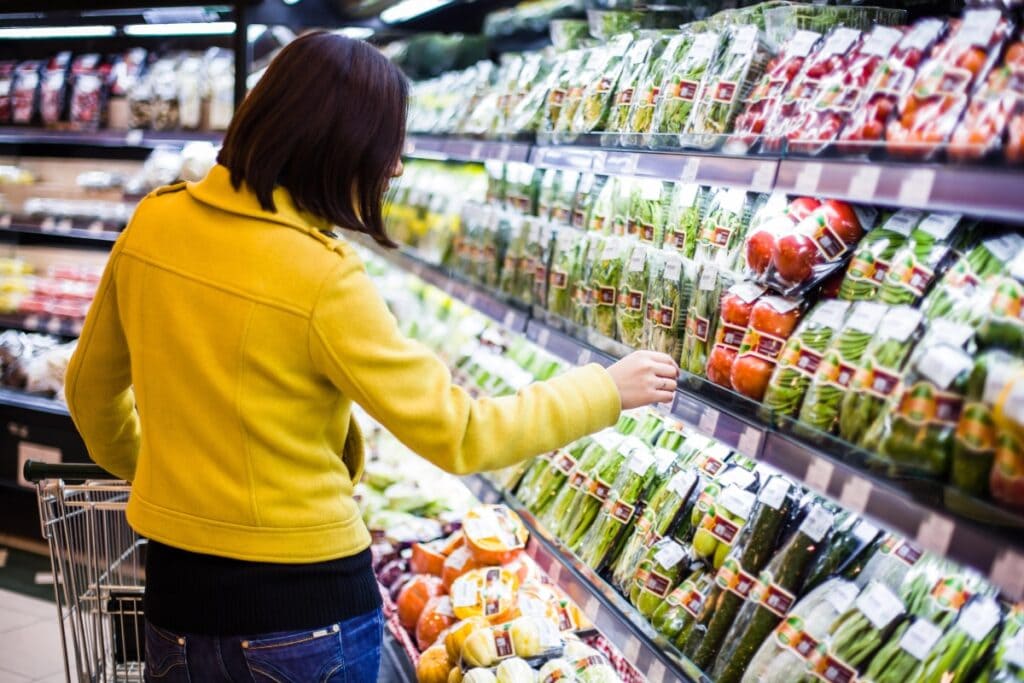
It’s easy to assume that bigger packages are a better deal, but that’s not always true. Many shoppers overpay by skipping the unit price comparison.
Quick fix: Always check the price per ounce, pound, or item, rather than just the total price. Sometimes, smaller packages are actually cheaper.
5. Buying Ready-To-Eat Meals
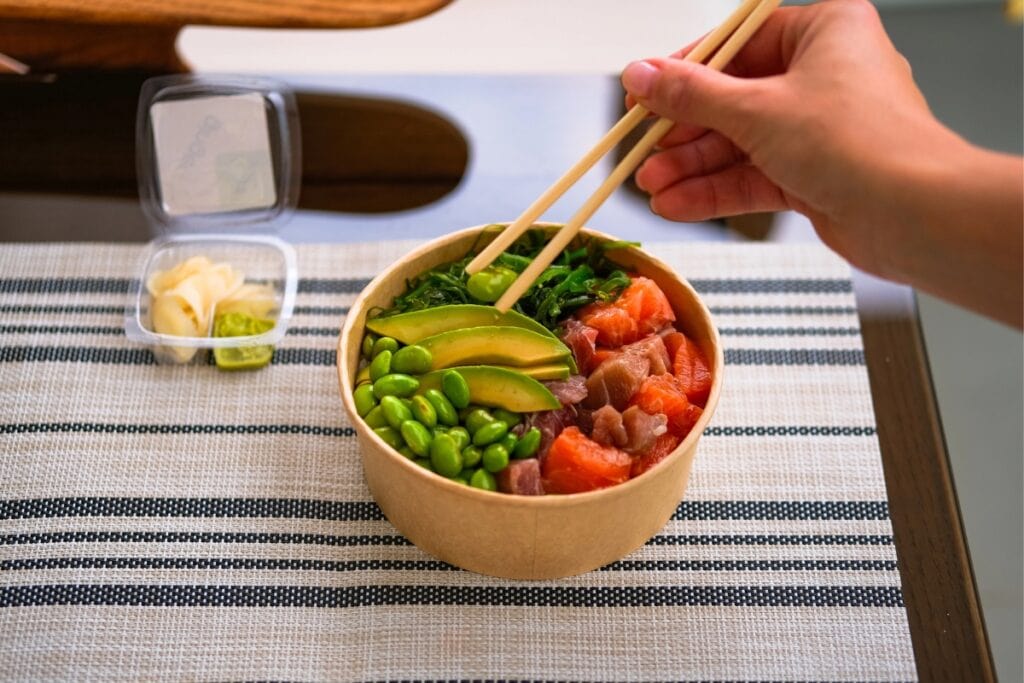
Ready-to-eat meals may be convenient, but you’re paying a hefty markup for that convenience.
Quick fix: Buy whole ingredients and meal prep them yourself at home. A little prep work can save you a lot of money over time.
6. Not Checking Your Receipt

Checkout mistakes happen more often than you think, from scanning errors to incorrect sale prices. Many shoppers don’t notice until it’s too late.
Quick fix: Take a minute to scan your receipt before leaving the store, especially for sale items or anything the cashier had to enter manually.
7. Always Shopping at the Same Store

Sticking to just one store can limit your savings. Prices vary from store to store, and you might be missing out on better deals elsewhere.
Quick fix: Check store flyers or grocery apps to compare prices. If it’s manageable, shop at more than one store for the best deals on different items.
8. Throwing Away Food
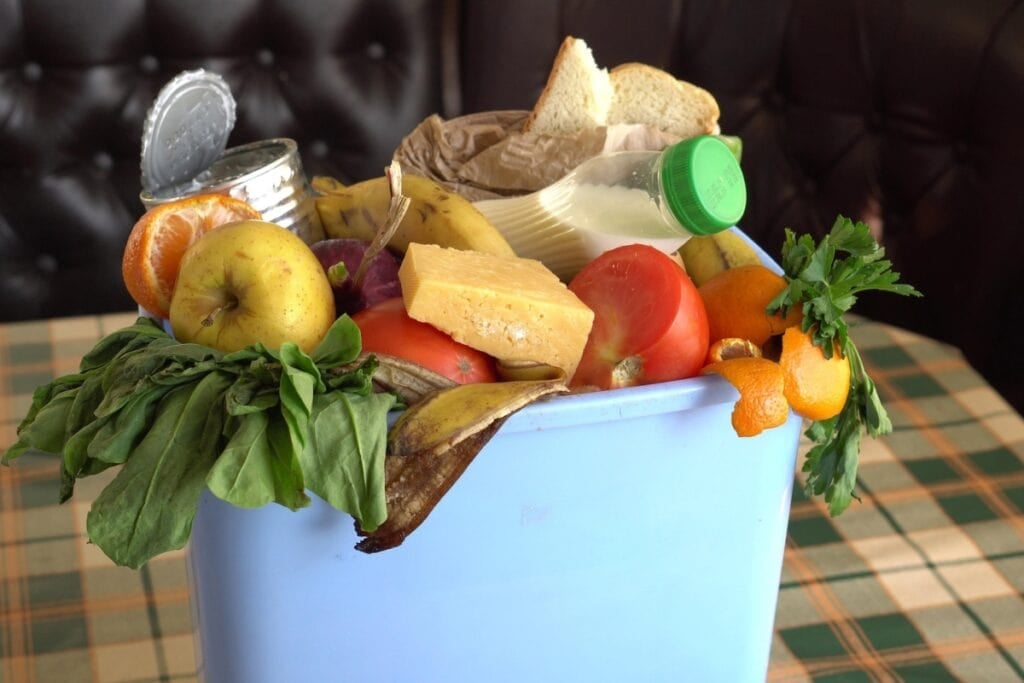
Food waste is one of the biggest ways money disappears from your grocery budget. Overbuying or forgetting what you have at home often leads to spoiled food.
Quick fix: Shop your fridge and pantry before making your grocery list. Plan meals around what you already have, and use a “first in, first out” system to prevent waste.
9. Ignoring Store Layout Tricks

Grocery stores are designed to get you to spend more. Essentials are placed far from the entrance, expensive products are at eye level, and tempting displays are scattered throughout the store.
Quick fix: Stick to your shopping list and start with the outer edges of the store where fresh foods are usually located. Look above and below eye level for better prices.
10. Skipping Frozen Fruits and Veggies
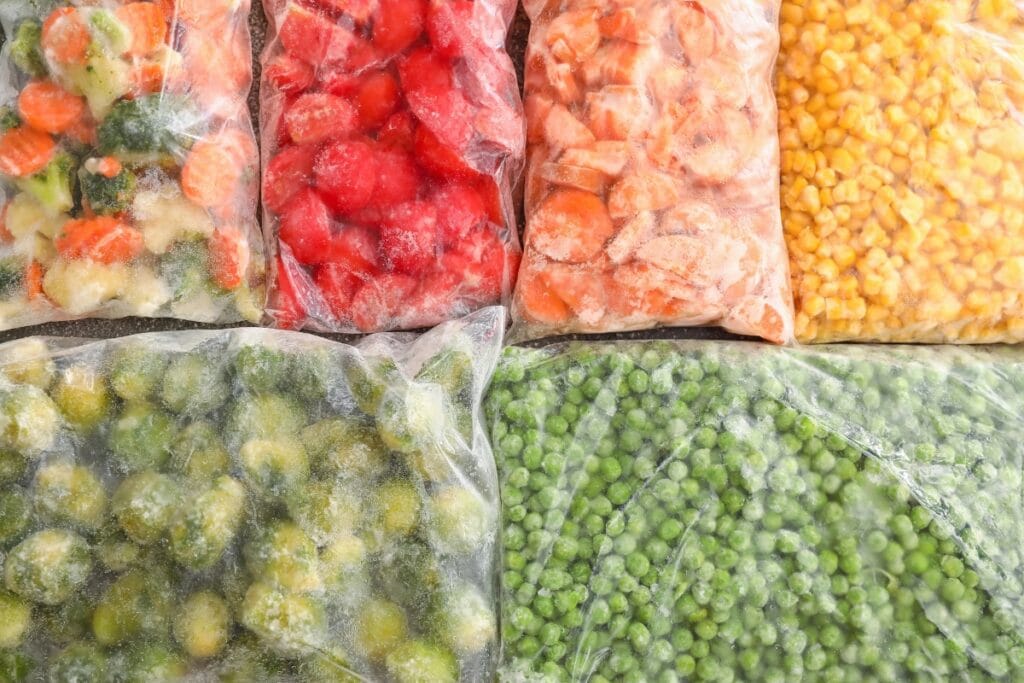
You might be surprised to learn that fresh produce isn’t always cheaper, especially if it’s not in season. Sometimes frozen fruits and vegetables are often less expensive, just as nutritious, and last much longer.
Quick Fix: Stock up on frozen produce for smoothies, soups, and stir-fries to avoid food waste.

